Factors Affecting Pipe Corrosion and Corresponding Solutions
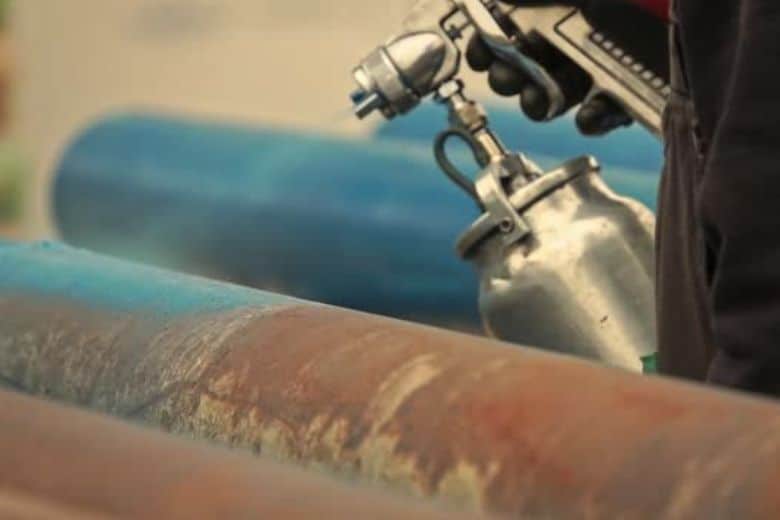
Pipe corrosion is a common problem in industry and has a serious impact on facility safety and operational reliability.
Which pipes does pipe corrosion usually refer to?
- Industrial pipes: pipe systems used in factories, refineries, chemical plants and other industrial facilities for the transportation of various chemicals(pumps such as HJ-Z Mechanical Dosing Pump), liquids or gases.
- Water supply pipes: used in urban water supply systems, water pipes, etc., to transport drinking water or industrial water.
- Oil and gas pipes: pipe systems used to transport crude oil(can be conveyed by HY-Z Hydraulic Dosing Pump), natural gas and other oil and gas products.
- HVAC pipes: Pipes used in the HVAC system of a building to transport cooling water, heating or air conditioning refrigerants, etc.
- Chemical pipes: pipe systems used to transport various chemicals, solvents or corrosive liquids.
- Sewage treatment pipes: pipes used in sewage treatment plants, sewage pipe networks and other sewage treatment systems, conveying sewage or treatment of liquids(can be conveyed by HY-D Hydraulic Dosing Pump).
- Marine engineering pipes: pipe systems used in marine engineering projects, such as submarine oil and gas pipes, seawater desalination pipes and so on.
- Oil pipes: pipe systems used to transport petroleum products, including crude oil, refinery products, etc.
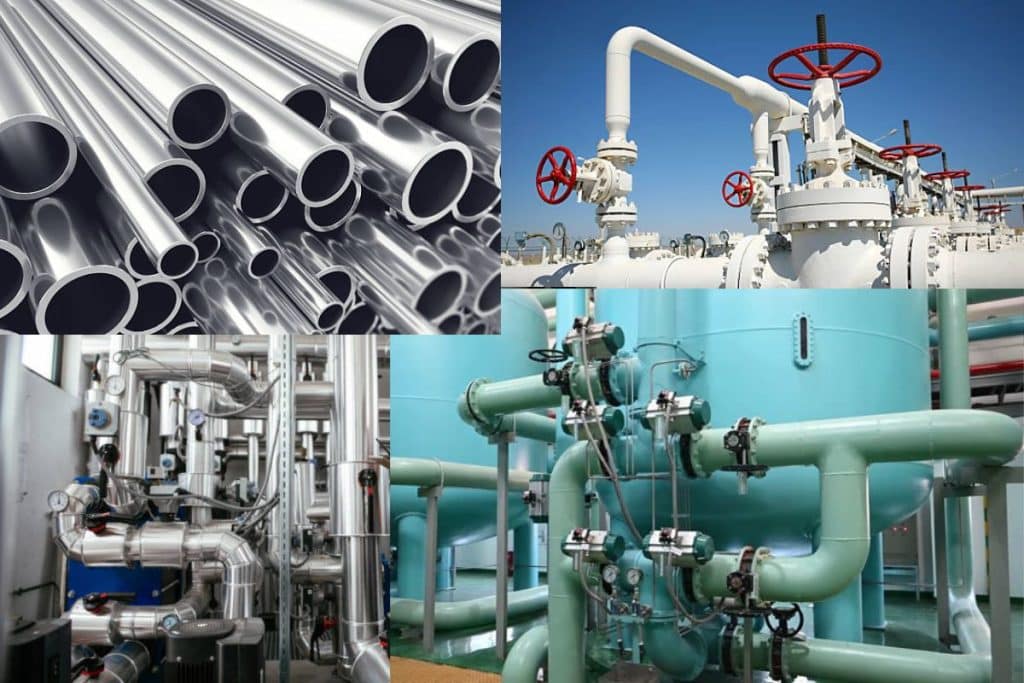
What factors affect pipe corrosion?
Chemical factors
Chemical factors include the exposure of pipes to corrosive chemicals such as acids, bases, salts or other chemical solutions. These chemicals can react directly and chemically with pipe materials, leading to corrosion.
- Saltwater corrosion: In marine environments, exposure of metal pipes to saltwater can lead to saltwater corrosion. Chlorine ions are one of the main components of salt water and can cause corrosion when they come into contact with the surface of metal pipes.
- Acidic media corrosion: In the chemical industry, strong acids (such as sulfuric acid) and other acidic solutions are often used for handling and transportation. When metal pipes are exposed to these acidic media, acidic media corrosion will occur.
- Alkaline corrosion: Strong bases (e.g. sodium hydroxide) used in certain industrial processes may also cause alkaline corrosion on metal pipes.
- Water corrosion: dissolved oxygen and carbon dioxide and other substances in soft water and metal pipe surface contact may trigger water corrosion. For example, the dissolved oxygen in tap water will form an oxide film with the pipe surface, accelerating the occurrence of corrosion.
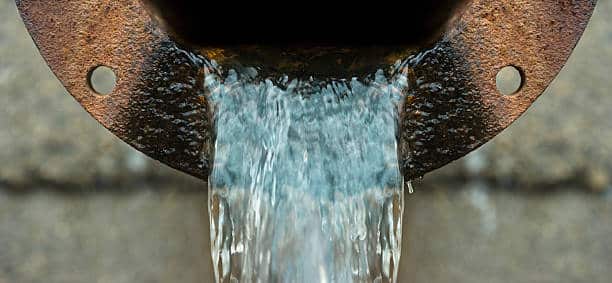
- Chemical reaction products: For example, when the water in the pipe contains calcium carbonate (scale) or hydroxide (scale), the contact of these chemicals with the surface of the metal pipe may lead to corrosion.
Electrochemical factors
Galvanic corrosion occurs when different metals or parts of pipes are between potentials and electrolytes are present in the medium, including the flow of corrosive solutions, temperature changes and other factors.
- Electrochemical corrosion (or galvanic corrosion): Electrochemical corrosion occurs when different metals or parts of pipes are at different potentials and an electrolyte is present in the medium (such as water or soil). In this case, the more reactive part of the metal (called the anode) dissolves, while the less reactive part (called the cathode) is protected.
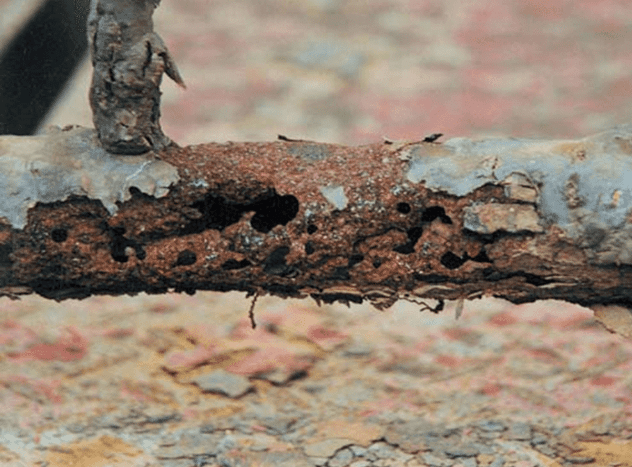
- Corrosion current: When corrosion spots or cracks are present on the surface of a pipe, these areas may act as microscopic batteries between the anode and cathode, generating a corrosion current that accelerates the onset of corrosion.
- Electrochemical failure: When pipes are exposed to electrolytes, such as water in soil or salt solutions in groundwater, electrochemical failure may result. In this case, the metal on the surface of the pipe may be subjected to galvanic corrosion, which reduces the strength and durability of the pipe.
- Penetration corrosion: When cracks or imperfections exist on the surface of the pipe, water and other electrolytes may enter the metal through these cracks and electrochemically corrode inside the pipe, leading to penetration corrosion.
Microbiological factors
Some microorganisms can form biofilms on pipe surfaces, which may accelerate the onset of corrosion.
- Microbiologically induced corrosion (MIC): Some microorganisms can form biofilms on pipe surfaces and produce corrosive metabolites that accelerate the corrosion of pipe metal surfaces.MIC typically occurs in environments such as water treatment, oilfield extraction, marine and pipe environments, and is especially common in environments with high water content, low oxygen, or low flow rates.
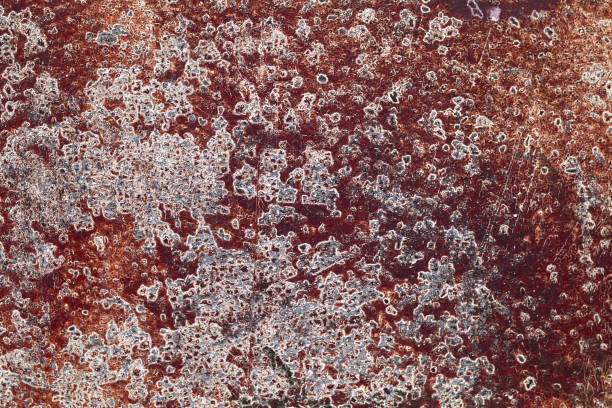
- Biological corrosion products: Microbial metabolites such as sulfides, sulfates, ferrous sulfates, and carbonates can cause localized corrosion of pipe metal surfaces.
- Corrosive microbial communities: Microbial communities in pipes can influence the pipe corrosion process by forming biofilms, reducing the partial pressure of oxygen and regulating pH.
- Formation of microbial influences: Microbial-induced corrosion usually requires a moist environment and appropriate nutrient conditions. For example, microorganisms in water can contribute to corrosion by adsorbing to pipeline surfaces to form biofilms and utilizing soluble substances on metal surfaces for metabolic activities.
Mechanical stress factors
Mechanical stresses such as tension, pressure and vibration may also affect the corrosion of pipes, especially in the presence of wet and corrosive media.
- Stress corrosion cracking (SCC): When pipes are subjected to external stresses, such as tensile, compressive, or bending stresses, in combination with chemicals in the medium, stress corrosion cracking may occur. This form of corrosion usually occurs when metallic materials are subjected to specific stress conditions.
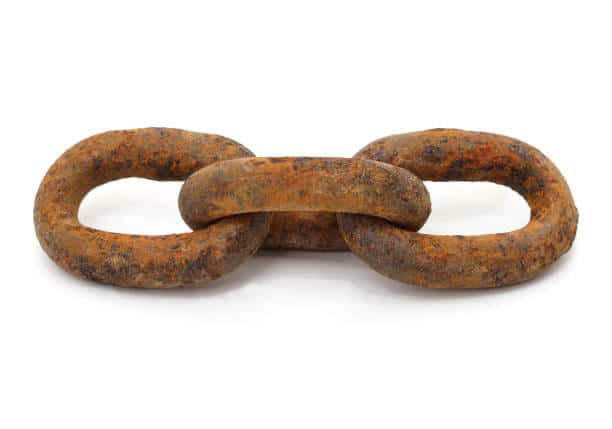
- Fatigue corrosion: High-frequency cycling or varying mechanical stresses (such as vibration or shock) can lead to fatigue of the metal material, which in turn accelerates the occurrence of corrosion on the surface of the pipe.
- Flow corrosion: fluid dynamic pressure and velocity changes during fluid flow may cause flow corrosion of pipe surfaces, especially where fluid flow is impeded by bending, contraction or expansion.
- Scouring corrosion: suspended in the pipe inside the suspended solids, liquids or gases and other substances, when they pass through the pipe at high speed, may produce scouring effect, accelerate the corrosion of the pipe surface occurs.
- Abrasion corrosion: Abrasion of the pipe surface may expose more of the metal surface, making the pipe more susceptible to the effects of corrosion.
Environmental factors
Environmental factors such as temperature, humidity, soil chemistry and oxygen content can also have an impact on pipe corrosion.
- Temperature: Changes in temperature may affect the rate of corrosion. Typically, high temperatures may accelerate the onset of corrosion, while low temperatures may slow the rate of corrosion.
- Humidity: Humidity is one of the most important factors affecting pipe corrosion. Humid environments favor the development of hydrocorrosion and microbiologically induced corrosion.
- Soil composition: The chemical composition of the soil may affect the corrosion of pipes. For example, salts and acids in the soil may accelerate the onset of corrosion.
- Oxygen levels: Oxygen is one of the most important factors contributing to pipe corrosion. An environment with high oxygen levels may accelerate the onset of corrosion.
- Environmental pollution: Environmental pollutants may have an impact on pipe corrosion. For example, industrial wastewater, chemicals and other pollutants may accelerate corrosion.
- Soil moisture: Moisture in the soil also has a significant impact on pipe corrosion. A moist soil environment favors the development of hydrocorrosion.
- Topography: Changes in topography may affect soil moisture and oxygen levels, which can affect the occurrence of pipe corrosion.
How to solve the problem of pipe corrosion?
Chemical factors
Salt water corrosion:
- Use corrosion-resistant materials such as stainless steel or high-alloy steel.
- Apply anti-corrosion coatings to the pipe surface, such as epoxy or polymer coatings.
- Apply cathodic protection, e.g. external anode or cathodic protection current system.
Corrosion by acidic media:
- Select acid-resistant pipe materials, such as acid-resistant stainless steel or special alloys.
- Apply acid-resistant coatings inside or outside the pipe.
- Control the acidity and temperature of the medium to minimize the corrosive effect on the pipe.
Alkaline medium corrosion:
- Use alkali resistant pipe materials such as alkali resistant stainless steel or special alloys.
- Apply alkali-resistant coatings inside or outside the pipe.
- Control the alkalinity and temperature of the medium to minimize the corrosive effects on the pipe.
Water corrosion:
- Keep pipe dry to minimize moisture exposure.
- Control water quality, e.g., reduce dissolved oxygen content in water.
- Use corrosion resistant piping materials such as stainless steel or plastic pipe.
Chemical reaction products:
- Clean pipe surfaces regularly to remove chemical reaction products.
- Apply anti-corrosion coatings to the inside or outside of the pipe to stop the formation of chemical reaction products.
- Control the chemical composition of the medium to minimize the potential for harmful chemical reaction products.
Electrochemical factors
Electrochemical corrosion (or galvanic corrosion):
- Implement a cathodic protection system, such as an applied anode or cathodic protection current, to minimize galvanic corrosion on the pipe surface.
- Use of corrosion-resistant pipe materials, such as titanium alloys or corrosion-resistant stainless steel.
Corrosion current:
- Regularly monitor the corrosion current to detect corrosion on the pipe surface in time.
- Take anti-corrosion measures, such as applying anti-corrosion coatings or implementing cathodic protection, to minimize the impact of corrosion current on the pipe.
Electrochemical failure:
- Implement regular pipe inspection and maintenance to timely detect and repair corrosion and cracks on the pipe surface to prevent electrochemical failure.
- Use corrosion-resistant pipe materials and take anti-corrosion measures to extend the service life of the pipe.
Penetration corrosion:
- Control the chemical composition and temperature of the medium around the pipe to minimize the occurrence of penetration corrosion.
- Use corrosion-resistant pipe materials and apply anti-corrosion coatings to the pipe surface to stop the penetration of the medium.
Microbiological factors
Microbial control:
- Use biological control agents or add chemicals that inhibit microbial growth to reduce microbial growth and colonization inside the pipe.
- Implement regular pipe cleaning and disinfection to remove microorganisms from inside the pipe and reduce microbial-induced corrosion.
Anti-corrosion coatings:
- Apply anti-corrosion coatings that are resistant to microbial growth on the interior or exterior of the pipe to prevent microorganisms from forming biofilms on the surface of the pipe and producing corrosion products.
Material selection:
- Select piping materials with high microbial inhibition, such as stainless steel or plastic pipe, to reduce microbial-induced corrosion.
Environmental control:
- Control environmental conditions around the pipe, such as temperature, humidity, and nutrient levels, to minimize microbial growth and reproduction.
Microbial monitoring:
- Regularly monitor the microbial community and microbial-induced corrosion inside the pipe, and take timely measures to control and manage the situation.
Biological control technology:
Apply biological control techniques, such as utilizing biomaterials or biological agents with anti-microbial properties, to reduce microbial-induced corrosion.
Mechanical stress factors
Stress corrosion cracking (SCC):
- Select pipe materials that are resistant to stress corrosion cracking, such as stress corrosion cracking resistant stainless steel or nickel-based alloys.
- Reduce or eliminate the stresses to which the pipe is subjected, e.g., through measures such as optimizing pipe design and reducing temperature and pressure.
Fatigue corrosion:
- Reduce the vibration or varying mechanical stresses to which the pipe is subjected, e.g. by improving pipe support, reducing fluid velocities, etc.
- Use fatigue-resistant pipe materials and take anti-corrosion measures, such as applying anti-corrosion coatings or implementing cathodic protection.
Flow corrosion:
- Optimize pipe design to reduce changes in fluid flow velocity and pressure within the pipe.
- Use pipe materials resistant to flow corrosion, such as wear-resistant alloys or special ceramics.
Scour corrosion:
- Take measures to reduce or avoid fluid shock and velocity changes within the pipe, e.g. by installing deflectors, buffers or mufflers.
- Apply scour-resistant coatings or linings to pipe surfaces to minimize the occurrence of scour corrosion.
Abrasion corrosion:
- Select pipe materials that are resistant to abrasion, such as wear-resistant alloys or polymer pipes.
- Take measures to reduce wear on pipe surfaces, such as using lubricants or adding pipe supports.
Environmental factors
Control environmental conditions:
- Monitor and control the temperature and humidity around the pipe to minimize the corrosive effects of water vapor and humidity on the pipe.
- Analyze soil composition to avoid exposing the pipe to soil conditions that are corrosive to it.
- Control oxygen levels around the pipe, especially in highly oxidizing environments, and take measures to reduce oxidative corrosion of the pipe.
Protective measures:
- Apply anti-corrosive coatings or use corrosion-resistant materials on the surface of the pipe to minimize the direct impact of environmental factors on the pipe.
- Use corrosion-resistant soil to fill the space around the pipe to reduce the corrosive effect of soil components on the pipe.
Regular Inspection and Maintenance:
- Regularly inspect the surface of the pipe and its surroundings for corrosion and carry out timely repair and protective measures.
- Clean up pollutants around the pipe to reduce the impact of environmental pollution on the pipe.
Soil moisture and terrain control:
- Control soil moisture to avoid the pipe being in a wet environment for a long time and reduce the occurrence of water corrosion.
- Consider topographic factors to avoid exposing the pipe to terrain conditions that are susceptible to erosion or damage, such as soil movement and soil erosion.
Monitoring and prevention:
- Use monitoring systems for real-time monitoring of pipes and the surrounding environment to detect and prevent corrosion at an early stage.
- Take preventive measures such as regular cleaning, protective maintenance and rehabilitation to extend the life of the pipe.
What is pitting corrosion?
Pitting corrosion is a specific type of corrosion, which refers to the formation of small holes or pits in a localized area of a metal surface, usually occurring when the metal surface is subjected to localized corrosion. Pitting corrosion can occur by the chemical, microbiological and mechanical stress factors mentioned above.
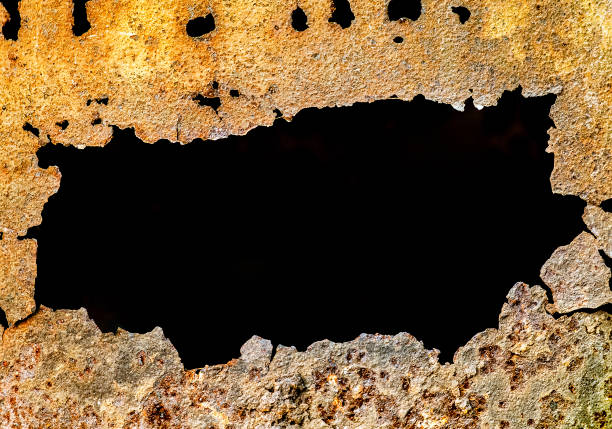
Pitting corrosion is usually caused by localized corrosive components in the medium, such as chloride ions. Compared with other types of corrosion, pitting corrosion is characterized by a deeper degree of local corrosion, but the scope of influence is relatively small, so pitting corrosion is easy to be ignored, but its corrosion rate is faster, which may have a serious impact on pipe safety. Therefore, pitting corrosion is also a type of pipe corrosion that requires special attention and prevention.
Summary
Pipe corrosion is a phenomenon in which damage occurs to the surface of a pipe as a result of chemical, electrochemical or other factors. It may lead to problems such as thinning, holes, cracks, etc., affecting the safety and reliability of pipelines. Pipe corrosion is usually caused by the characteristics of the medium, environmental conditions, pipe materials and other factors. To prevent pipe corrosion, measures such as suitable material selection, anti-corrosion coating, regular inspection and maintenance can be taken, and appropriate anti-corrosion solutions can be selected according to the specific conditions of the pipeline.
HAOSH is a specialist in transferring fluids and offers various types of dosing pumps, among which are electromagnetic, mechanical, hydraulic and motor-driven pumps. They are used in pipes to increase the pressure or flow rate of the fluid so that the fluid can be transferred smoothly through the pipes. If you need them, please consult us.
